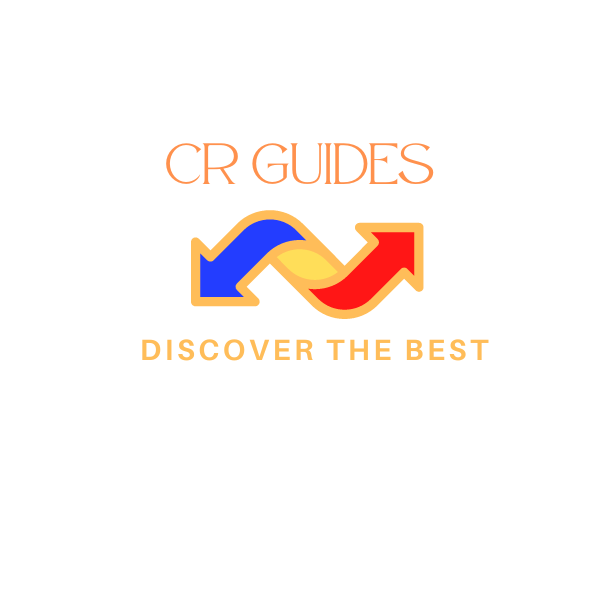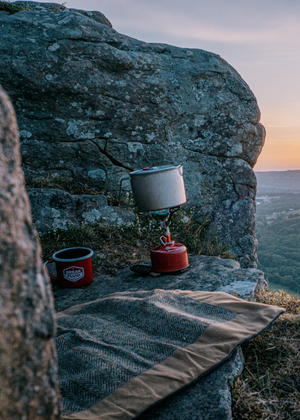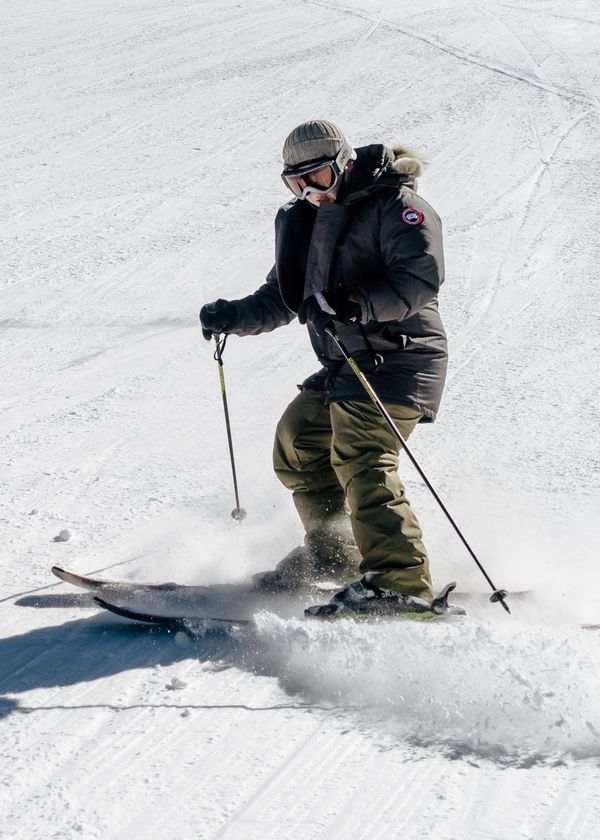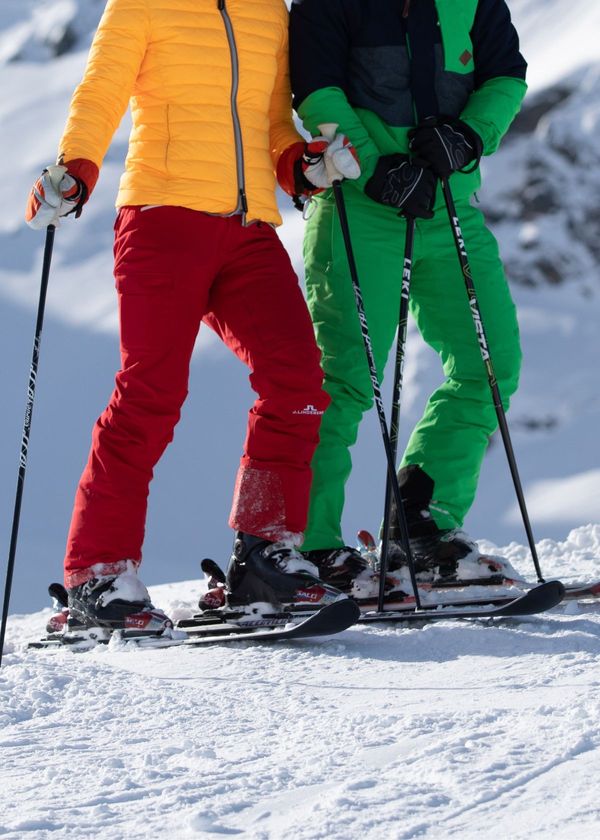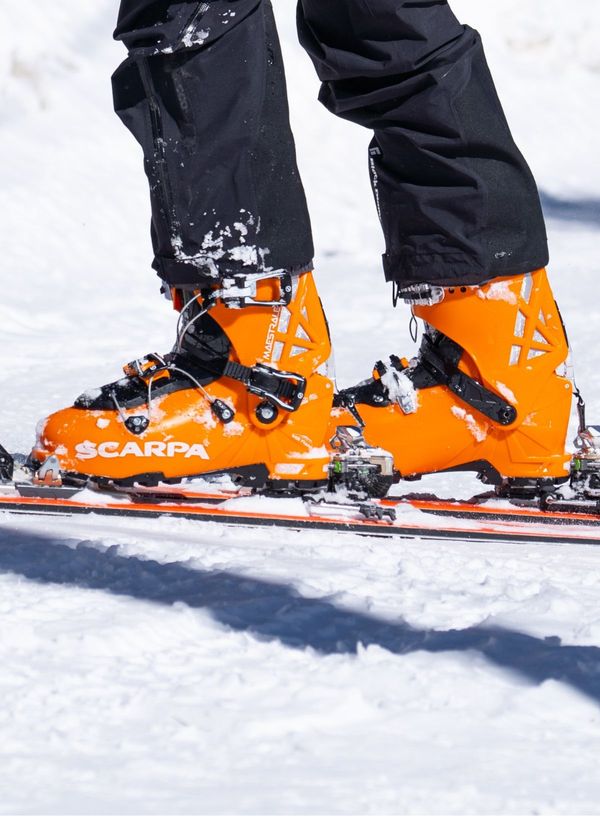Snowboarding is a great winter activity that can be enjoyed by people of all ages.
It can be a little challenging to learn at first, but it is easy to learn and fun to do, and with practice you can become a proficient snowboarder.
As an added bonus, snowboarding is a great way to get some exercise while enjoying the winter weather!
1. What you need to get started
Many people think that snowboarding is a difficult and dangerous sport. However, with the proper equipment and a little bit of practice, anyone can safely enjoy the slopes.
- The first thing you'll need is a snowboard. When choosing a board, it's important to consider your height and weight, as well as your level of experience. Beginners may want to choose a shorter, softer board for easier maneuverability.
- You'll also need bindings to attach your boots to the board. There are two main types of bindings: step-in and strap-on. Step-in bindings are easier to use, but strap-on bindings offer more control. Whichever type you choose, make sure the bindings fit snugly and securely.
- Finally, you'll need a good pair of boots designed specifically for snowboarding. They should be warm and waterproof, with a firm grip to help keep your feet planted on the board.
With the right gear, you'll be ready to hit the slopes and enjoy the thrill of snowboarding.
2. How to stand on the board
The first step in learning to snowboard is to find a good spot on a gentle slope that you think will be easy to handle where you can practice getting on and off the board.
- Once you're in position, place your dominant foot at the front of the snowboard and your weaker foot at the back.
- Bend your knees and shift your weight onto your front foot, then slide your back foot up the tail of the board until you're in a comfortable stance.
- As you bend your knees slightly, keep your arms outstretched for balance.
- As you get better at balancing, try picking up a little slide and riding down the gentle slope.
From there, all you need to do is keep your balance and enjoy the ride!
3. How to move forward and backward
Most people who have never been snowboarding before assume that it is difficult to learn how to move forward and backward on a snowboard.
However, with a little practice, it is actually quite easy to pick up the basics of moving around on a snowboard.
The key is to keep your center of gravity low and to use your body weight to shift your direction.
- Moving forward on a snowboard is relatively easy - when you are ready to move forward, simply lean your body weight onto your front foot and let gravity do the rest. This will cause your snowboard to begin moving in that direction.
- Moving backward can be a bit more challenging, especially for beginners. The key is to keep your weight balanced over your feet and to use your back foot to apply pressure to the tail of the board, leaning your body weight onto your back foot. As you begin to move backward, use your front foot to control your speed by applying pressure to the nose of the board.
With a little bit of practice, you will be able to control your speed and direction easily. Soon you will be able to enjoy all the thrills that snowboarding has to offer!
4. Turning - going left and right
Turning is one of the most important aspects of snowboarding, and there are a few different ways to do it.
- The first step to turning is to know how to shift your weight. You want to be balanced over your feet, and when you're going left, you want to transfer your weight to your left foot. The best way to do this is by pressing down with your left foot and bringing your right foot up. You also want to keep your back straight and look in the direction you're going.
- As you begin to turn, keep your knees slightly bent and let your hips follow the direction of your feet.
- Remember to keep your weight balanced and resist the temptation to lean too far in one direction.
- You can also use your edges to help you turn. If you're going left, dig your left toe into the snow and let your right edge glide across the top. For a right turn, do the opposite.
Experiment with different techniques and find what works best for you. With a little practice, you'll be carving turns like a pro in no time!
5. Stopping
Anyone who has ever gone snowboarding knows that stopping can be one of the most difficult parts of the sport.
With the slick surface and gravity working against you, it can be tough to get your board to come to a complete stop.
So how do you stop?
Thankfully, there are a few different ways to stop on a snowboard.
- The key is to keep your weight evenly distributed and use your edges to slow down gradually.
- As you approach the edge of the run, start by shifting your weight to your back foot and dig your edges into the snow.
- Then, as you slow down, move your weight forward and begin to turn your board across the slope.
- By following these simple steps, you'll be able to stop safely on any snowboard run.
- Or, if you're really in a bind, you can always just sit down on your board!
Whichever method you choose, just be sure to practice stopping before you hit the slopes. That way, you can enjoy the ride without worry.
6. Getting up after a fall
For anyone who has ever tried snowboarding, falling is inevitable.
Though it may seem like the end of the world in the moment, getting back up is actually pretty simple.
- First, make sure that all your gear is still securely in place. If your bindings have come loose, take a moment to reattach them before getting up.
- Once you're confident that everything is in its proper place, sit up slowly, using your hands to help push yourself up.
- From there, you can stand up and brush the snow off your clothing.
And if you're feeling extra ambitious, you can even attempt to catch a few more runs before the day is over.
Once you have learned the basics, it's time to start practicing.
One of the best ways to improve your skills is by taking lessons from a professional instructor.
They can help you improve your technique and give you feedback on how you can improve your riding skills.
Snowboarding can be a lot of fun, but it is important to stay safe while you're out on the slopes. Always wear a helmet and other safety gear, and make sure you are familiar with the terrain before you start riding.
Be sure to wear warm clothes when snowboarding, and always stay aware of your surroundings.
If you’ve been thinking about taking up snowboarding but were worried it might be too difficult – don’t be. It’s actually quite easy to learn, as long as you have some patience and are willing to practice.
In no time at all, you could be hitting the slopes on your very own snowboard and enjoying all the amazing perks that come with it.
And when you're ready to buy your first board, be sure to check out our selection of the best beginner snowboards on the market today.
So what are you waiting for? Get out there and start learning today!
Have fun and enjoy the ride!
Thanks for Reading!
and
Happy Snowboarding!
